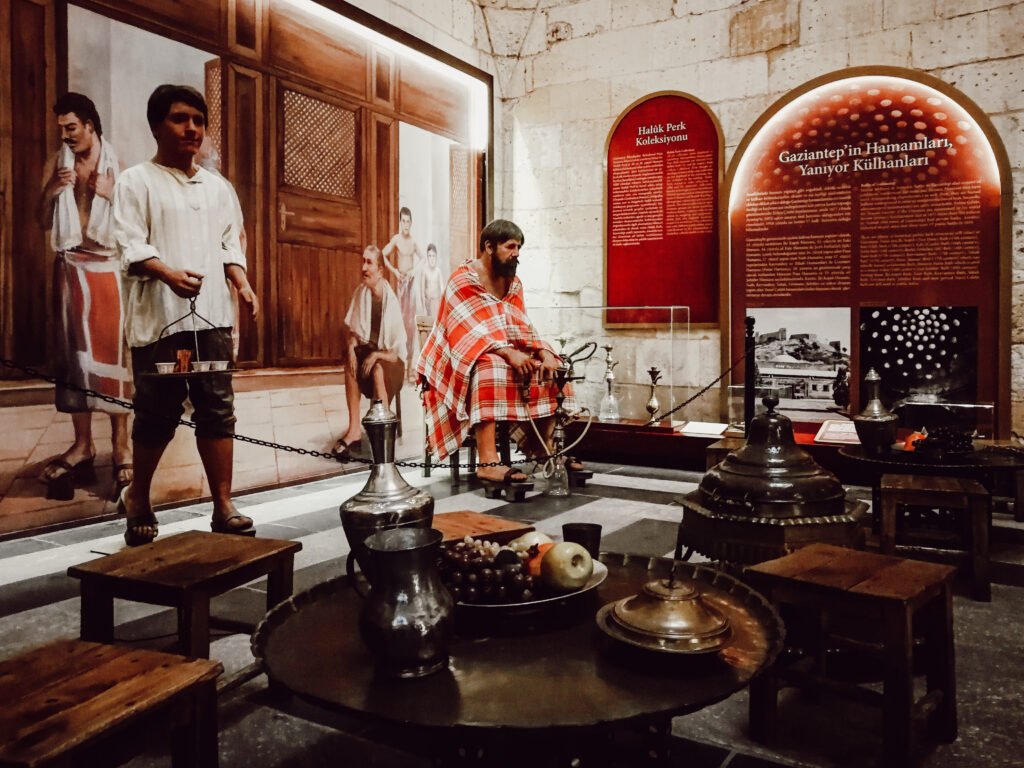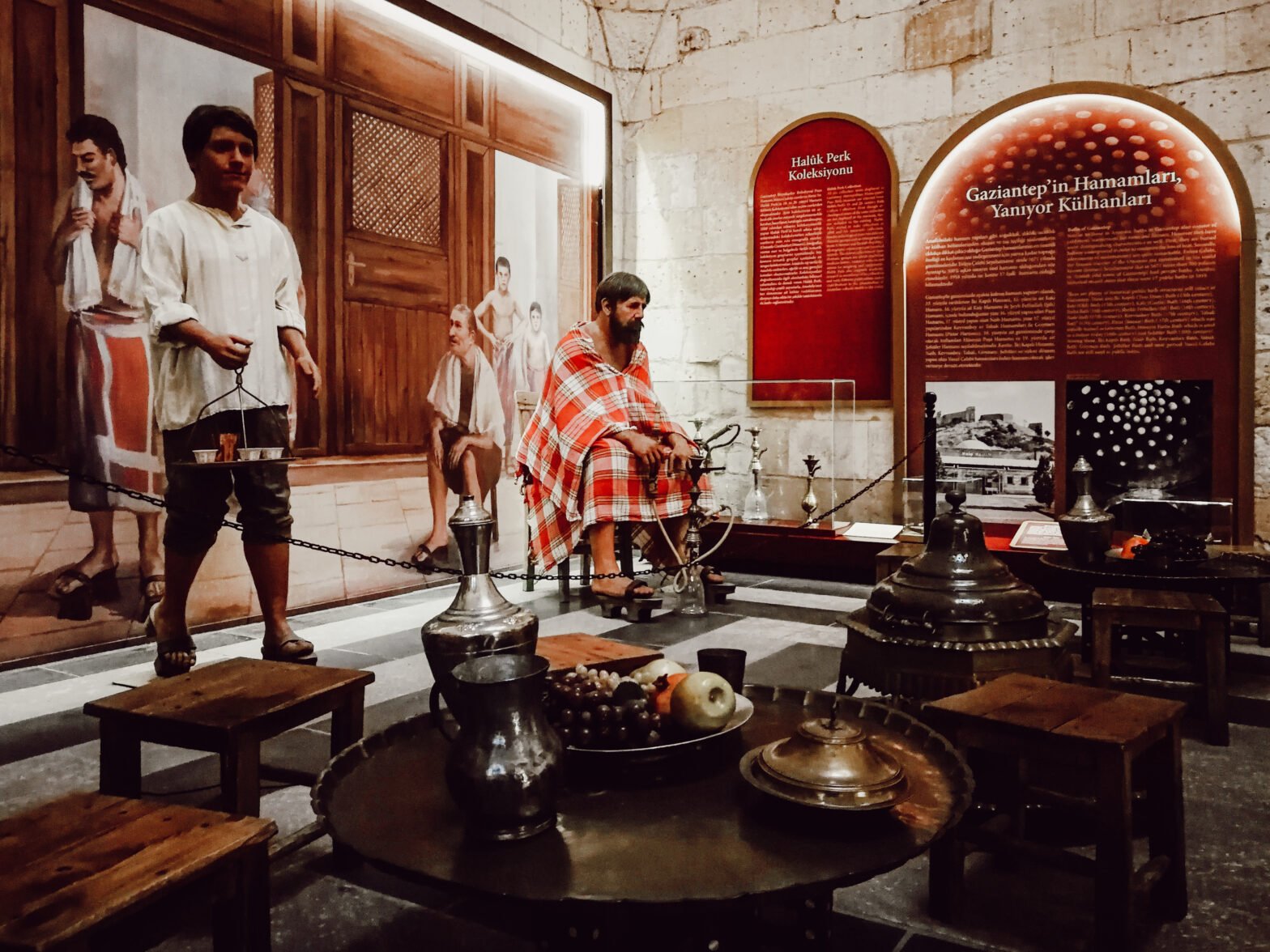“Learning common phrases in English: A Beginner’s Guide” provides a comprehensive overview of the importance of learning common phrases in English for those looking to improve their language skills or start speaking English. The article emphasizes the benefits of learning phrases to avoid mistakes and prevent unintentional rudeness. With 47 common phrases for various day-to-day situations, including greetings, introductions, small talk, politeness, and shopping, readers are equipped with practical phrases to navigate different social interactions. From basic greetings such as “hello” and “hi” to conversation starters like “how are you” and polite phrases like “please” and “thank you,” this guide covers a wide range of essential English phrases. Whether it’s in a social setting or during a shopping experience, learners will find useful expressions such as “can I try this on?” and “where are the changing/fitting rooms?”

Greetings
Hello
The phrase “hello” is a common greeting in English. It is a friendly and casual way to greet someone. It can be used in both formal and informal situations.
Hi
“Hi” is another common greeting in English. It is a more informal and casual way to greet someone. It is often used between friends or acquaintances.
Hiya
“Hiya” is a more informal and friendly variation of “hi.” It is commonly used in casual conversations and is often accompanied by a warm smile or friendly tone.
Hey
“Hey” is a casual and informal greeting in English. It is commonly used among friends or when addressing someone you are familiar with. It is important to note that “hey” may be considered too informal in more formal settings.
Good Morning
“Good morning” is a polite and formal way to greet someone in the morning. It is typically used before noon and is a way to wish someone a pleasant day ahead.
Good Afternoon
“Good afternoon” is a polite and formal greeting used in the afternoon. It is typically used from noon until early evening and is a way to acknowledge the time of day and show politeness.
Good Evening
“Good evening” is a polite and formal greeting used in the evening. It is typically used from late afternoon until nighttime and is a way to acknowledge the time of day and show politeness.
Goodnight
“Goodnight” is a farewell greeting used when saying goodbye or wishing someone a restful night. It is commonly used before going to sleep or when leaving for the night.
Introductions
I’m… + Name
“I’m… + [Name]” is a simple and commonly used phrase to introduce oneself. It is straightforward and allows the person to state their name and make a connection with others.
My Name’s
“My name’s” is another way to introduce oneself in English. It is a shorter version of “I am” followed by the person’s name. It is a concise and effective way to share one’s identity.

Beginner’s Guide To Learning English Phrases
Small Talk
How are you?
“How are you?” is a common phrase used to ask someone about their well-being or current state. It is a polite way to initiate a conversation and show interest in the other person.
How’s it going?
“How’s it going?” is a more casual and informal way to ask someone about their general situation or how they are doing. It is often used among friends or acquaintances.
I’m fine
“I’m fine” is a typical response when someone asks how you are doing. It indicates that you are doing well or everything is okay. It is a polite and common way to respond to the question.
What do you do?
“What do you do?” is a common question used to ask someone about their occupation or profession. It is a way to initiate a conversation and learn more about the person’s job or interests.
Weather
Discussing the weather is a common topic for small talk in English. It is a neutral subject that can be used to start a conversation or fill a moment of silence. Speaking about the weather can help create a connection and find common ground.
Politeness
Please
“Please” is a polite word in English used to make a request or express a desire for something. It shows politeness and consideration for others.
Thank You
“Thank you” is an expression used to show gratitude and appreciation. It is a polite and common way to acknowledge someone’s help, kindness, or gift.
You’re Welcome
“You’re welcome” is a response used to acknowledge someone’s gratitude and to indicate that their thanks are accepted. It is a polite way to show that you are willing to help and that their appreciation is recognized.
I’m Sorry
“I’m sorry” is a phrase used to apologize or express regret for something. It is a polite way to acknowledge a mistake or show empathy for someone else’s feelings or situation.
Excuse Me
“Excuse me” is a phrase used to politely get someone’s attention or ask for permission to pass by. It is often used in crowded places or when trying to navigate through a group of people.
Could You Say That Again Please?
“Could you say that again please?” is a polite way to ask someone to repeat what they said. It is used when you didn’t hear or understand something clearly and want the speaker to repeat it.

Shopping
Can I Try This On?
“Can I try this on?” is a question commonly asked in clothing stores when someone wants to try on a garment before making a purchase. It is a polite way to request access to the fitting room.
Where Are the Changing/Fitting Rooms?
“Where are the changing/fitting rooms?” is a question asked in stores to inquire about the location of the rooms where customers can try on clothes. It is a polite and practical question when in a retail environment.
Ordering Food and Drinks
Can I Have a Menu, Please?
“Can I have a menu, please?” is a polite way to request a menu in a restaurant or cafe. It is used when you are ready to order and need to review the available options.
What Would You Recommend?
“What would you recommend?” is a question commonly asked when seeking advice or suggestions on what to order in a restaurant or cafe. It shows an interest in the server’s opinion and expertise.
I’ll Have…
“I’ll have…” is a phrase used to communicate your order to the waiter or waitress. It is a polite and concise way to state what you would like to eat or drink.
Check, Please
“Check, please” is a polite phrase used to request the bill or check in a restaurant or cafe when you are ready to pay. It is a way to signal that you are finished with your meal and ready for the bill.
Asking for Directions
Excuse Me, Where Is…?
“Excuse me, where is…?” is a polite way to ask for directions. It is used when you are looking for a specific location or place and need assistance finding it.
How Do I Get to…?
“How do I get to…?” is a question used to ask for directions or the best route to reach a specific destination. It is a polite way to seek guidance when navigating unfamiliar places.
Turn Left/Right
“Turn left/right” is a phrase used to give or receive directions when making a turn. It indicates the direction in which to go when following a route or reaching a destination.
Go Straight Ahead
“Go straight ahead” is a phrase used to provide directions when the desired route does not involve making any turns. It indicates that the person should continue moving forward without deviating from the current path.
It’s On the Left/Right
“It’s on the left/right” is a phrase used to indicate the location of a place or object in relation to the direction the person is facing. It helps to navigate and find the desired location.
Talking about Time
What Time Is It?
“What time is it?” is a question commonly used to inquire about the current time. It is a practical way to be aware of the time and manage one’s schedule.
At What Time?
“At what time?” is a phrase used to ask for a specific time or schedule. It is often used when discussing appointments, events, or meetings.
Today
“Today” refers to the present day and is used to indicate the current date or activities happening on the same day.
Tomorrow
“Tomorrow” refers to the day following the present day. It is used to discuss events, plans, or activities that will occur on the following day.
Yesterday
“Yesterday” refers to the day preceding the present day. It is used to discuss events or activities that have already taken place.
Morning
“Morning” refers to the period of time from sunrise until noon. It is used to describe the earlier part of the day.
Afternoon
“Afternoon” refers to the period of time between noon and evening. It is used to describe the middle part of the day.
Evening
“Evening” refers to the period of time from late afternoon until nighttime. It is used to describe the later part of the day.
Night
“Night” refers to the period of darkness between sunset and sunrise. It is used to describe the time when most people sleep or when it is dark outside.
Expressing Likes and Dislikes
I Like…
“I like…” is a phrase used to express a positive preference or enjoyment of something. It allows individuals to share their interests and preferences with others.
I Love…
“I love…” is a phrase used to express a strong affection or deep enjoyment for something or someone. It indicates a higher level of emotional attachment or appreciation.
I Hate…
“I hate…” is a phrase used to express a strong dislike or intense aversion towards something. It conveys a sense of strong negative emotions or opinions.
I Don’t Like…
“I don’t like…” is a phrase used to express a mild dislike or lack of preference for something. It indicates a lesser degree of negative feelings compared to “hate” but still communicates a lack of enjoyment or interest.
Expressing Opinions
In My Opinion
“In my opinion” is a phrase used to introduce one’s personal viewpoint or perspective on a particular topic or issue. It emphasizes that the statement being made is subjective and based on personal beliefs or experiences.
I Believe That
“I believe that” is a phrase used to express a strong conviction or belief about something. It indicates that the person holds a specific belief or opinion and is confident in its validity.
From My Perspective
“From my perspective” is a phrase used to offer a personal viewpoint or interpretation of a situation or event. It indicates that the speaker’s perception may be unique or influenced by their individual experiences or background.
Personally, I Think
“Personally, I think” is a phrase used to share an individual’s personal opinion or viewpoint. It emphasizes that the statement being made is subjective and reflects the speaker’s personal thoughts or feelings.
